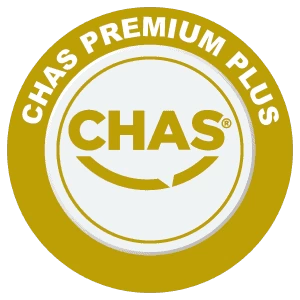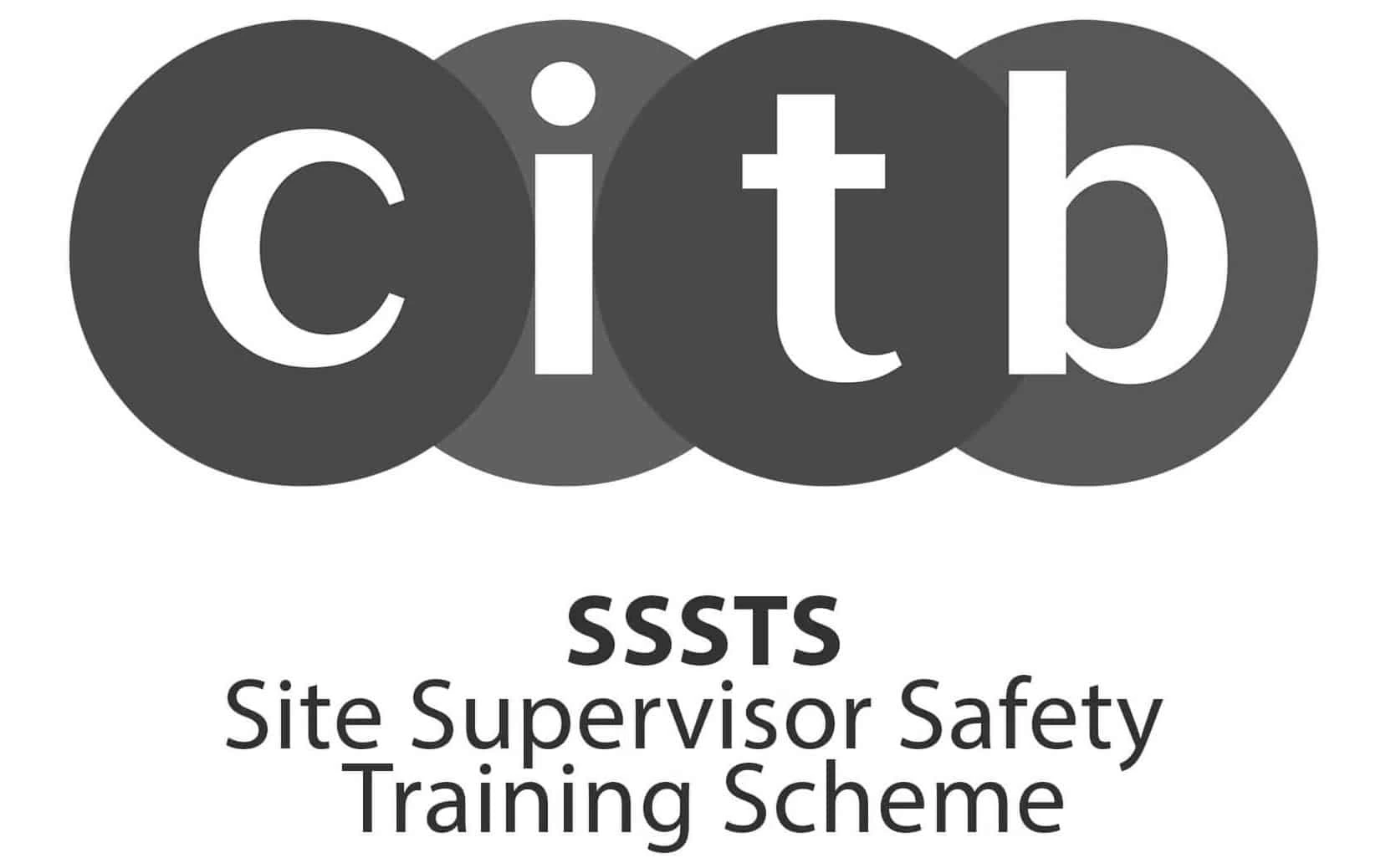The food industry is one of the UK’s most tightly regulated sectors, given food safety’s profound impact on public health. Ensuring that food preparation and manufacturing sites are kept clean is not just a legal requirement but a fundamental aspect of maintaining the safety and quality of food products. Effective cleaning in these environments is essential for preventing cross-contamination, ensuring compliance with stringent regulations, and safeguarding against allergens and foodborne illnesses.
This article explores the importance of effective cleaning in the food industry and outlines our different food-grade cleaning solutions.
The Importance of Using Food-Grade Cleaning Solutions
Food-grade cleaning solutions are essential in any environment where food is prepared, processed, or packaged for the following reasons:
- Prevention of Cross-Contamination: Effective cleaning solutions prevent the cross-contamination of allergens and other hazardous materials between different production batches.
- Compliance with Regulations: Using approved food-grade cleaners ensures that your facility complies with local and international food safety regulations, such as those set by the UK Food Standards Agency (FSA).
- Prevention of Allergens and Foodborne Illnesses: Proper cleaning practices using food-grade solutions reduce the risk of allergens and foodborne illnesses such as E. coli, Salmonella, and Listeria, protecting both consumers and your business’s reputation.
In summary, these solutions are designed to remove food residues and grease and eliminate bacteria, viruses, and fungi that could compromise the quality and safety of food products.
Types of Food-Grade Cleaning Solutions
Several types of food-grade cleaning solutions are designed to address specific cleaning needs within food environments. Below are the most commonly used types:
Degreasers
Degreasers are formulated to break down and remove grease, oil, and fat residues that can accumulate on surfaces and equipment in food processing environments. These solutions contain surfactants and solvents that emulsify grease, making it easier to wash away. Typically, we use degreasers on grills, fryer hoods, and other equipment that handles or produces high levels of grease, as well as walls in areas with frequent exposure to oily substances.
Detergents, Sanitisers and Disinfectants
Although often mistakenly used interchangeably, detergents, sanitisers, and disinfectants actually serve entirely different purposes.
- Detergents: Detergents are used for general cleaning tasks to remove dirt, food particles, and other contaminants from surfaces. They contain surfactants that reduce surface tension, allowing water to mix with and lift away dirt and debris. Detergents are a pre-cleaning step and are used before sanitisation or disinfection.
- Sanitisers: A sanitiser is a chemical that reduces the number of germs, including bacteria, viruses, and fungi, on surfaces to a safe level (99.9%).
- Disinfectants: A disinfectant is a stronger chemical agent used to kill or deactivate a broader range of microorganisms, including bacteria, viruses, fungi, and even spores. While sanitisers reduce germs to a safe level, disinfectants aim to kill or deactivate all harmful microorganisms on a surface.
When we clean facilities in the food industry, we first apply a detergent to break down grease, oils, and other food residues, which we scrub to ensure thorough coverage. After allowing the detergent to sit for a specified time, we rinse the surface with water to remove both the detergent and the dissolved soil. Once the surface is clean, we apply a sanitiser to reduce the number of microorganisms to safe levels. We leave the sanitiser on the surface for the recommended contact time and rinse if necessary. In areas that require a higher level of microbial control, such as high-risk zones in the factory or after a contamination event, a disinfectant is applied, although this isn’t always required.
Dry Ice Technology
Dry ice technology is a non-abrasive, non-toxic cleaning method that uses solid carbon dioxide (CO2) pellets to remove contaminants from surfaces without leaving any residue. It works by blasting dry ice pellets onto a surface at high speed. Upon impact, the dry ice sublimates (changes from a solid to a gas), which causes thermal shock and micro-explosions. These micro-explosions effectively blast away dirt, grease, and other contaminants.
Dry ice technology is ideal for equipment and surfaces where traditional cleaning methods might be too abrasive or where water-based cleaning solutions cannot be used, such as electrical components, production line equipment, and food packaging machinery.
Steam Cleaning
Steam cleaning uses high-temperature water to produce steam, which is then propelled through a nozzle and directed at the surface to be cleaned. The heat from the steam breaks down dirt and grease while simultaneously killing bacteria, mould, and other pathogens. Steam cleaning is ideal for hard-to-reach areas as the steam can penetrate cracks, crevices, and other difficult places to clean with traditional methods.
Steam cleaning is an eco-friendly cleaning option that effectively removes dirt, grease, and bacteria without the need for chemical cleaners. This makes it ideal for sanitising kitchen surfaces, countertops, and food preparation areas where chemical residues are a concern.
How We Choose the Right Food-Grade Cleaning Solutions for Your Facility
Selecting the right food-grade cleaning solutions for your facility involves considering several factors, including the type of food products you handle, the materials of your equipment, and your cleaning goals. Here’s how we do it:
- Assess Your Cleaning Needs: First, we identify the types of contaminants commonly found in your facility (e.g., grease, protein residues, mineral deposits) and also determine the surfaces and equipment that require regular cleaning and their material composition (e.g., stainless steel, plastic, tile).
- Consider Health and Safety Requirements: Next, we select the appropriate food-grade cleaning applications that meet your industry’s necessary health and safety regulations.
- Test for Compatibility: Before fully applying the selected cleaning application, we test it on a small, inconspicuous area of the surface or equipment to ensure compatibility and effectiveness.
- Application: Once we have tested and verified that the chosen application is effective and non-damaging, our team will clean the specified areas in accordance with safety protocols and procedures.
Effective cleaning practices are fundamental to preventing cross-contamination, ensuring compliance with regulations, and reducing the risk of allergens and foodborne illnesses. For businesses in the food industry, maintaining high standards of cleanliness is not just a regulatory obligation but a crucial aspect of protecting consumer health and upholding brand perception.
Enlisting the help of a professional cleaning contractor who uses approved food-grade cleaning solutions can safeguard against contamination, protect your reputation, and contribute to the overall safety and quality of the food supply chain.
At The Real Cleaning Co., we have over 26 years of experience providing specialist cleaning services to the food industry. Learn more about our service offerings or request a quote.

















